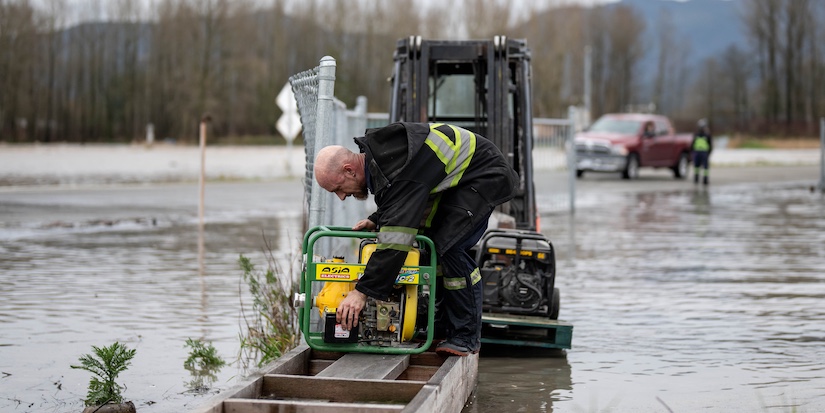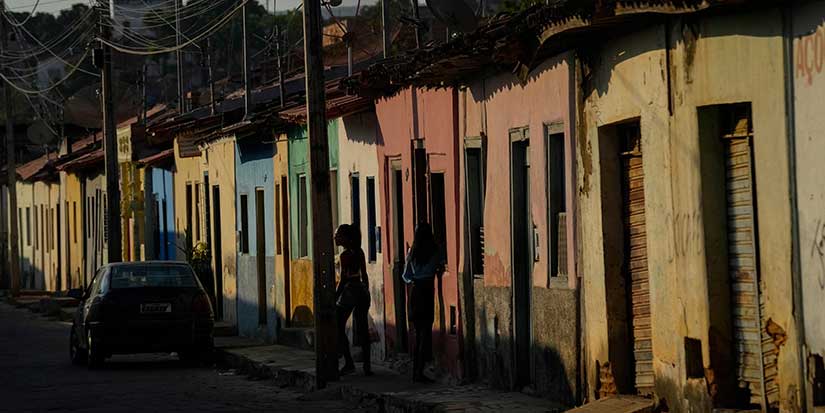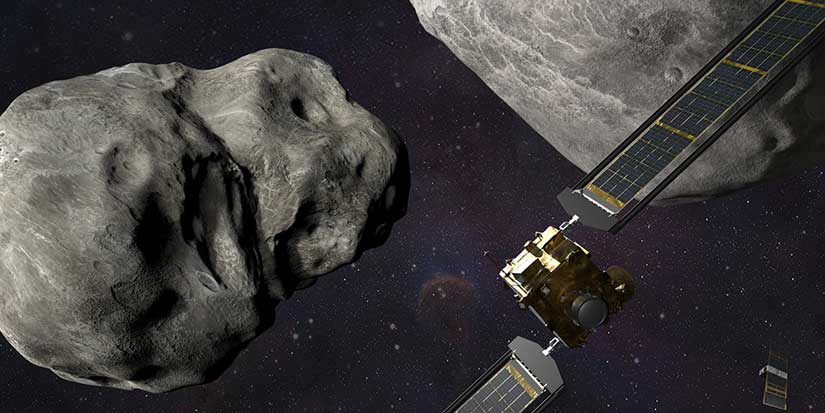Arts & Culture
From middle class to internment camp
It was cold that spring in Steveston when they were being gathered up and shipped out. The temperature dropped to -8 C some nights, according to Environment Canada. Some days, it didn’t go above zero but at least it was dry. Still, it was not a time to be sleeping in cattle barns or uninsulated shacks in abandoned mining towns.
It had started small, at first, with a general registration but on Dec. 7, 1941, the day of the surprise bombing of the US Navy base at Pearl Harbor by the Japanese Air Force, all Canadians of Japanese ancestry were ordered under the War Measures Act to register for identity cards as enemy aliens.
The next order was to turn in all radios and cameras, then their cars and fishing boats, then the addition of a curfew, then in the spring, the men and older teenaged boys were rounded up and sent away to camps in the BC interior.
“People don’t realise it’s so easy just to wipe out a community’s rights and with one sweep of the glove, legislation can wipe out their lives and the hopes and the dreams,” says SFU associate professor of communications Kirsten Emiko McAllister. She knows whereof she speaks, as she has deep roots in Steveston’s Japanese community.
“My uncles still own Pacific Net and Twine. My mom’s family were part of the fishing industry in Vancouver and were part of the pre-war community.”
For some Steveston families, like Mitts Sakai’s parents, if they could sell everything to pay in advance for the total cost of their entire family’s internment and transportation, and if the men could go ahead to build their internment camp, then the families could stay together, living without running water, electricity or many of the other everyday amenities they’d had in their Steveston homes.
Families could also agree to work together in the sugar beet fields of the prairies, otherwise, families were divided; men and older boys split from the women and children.
The Canadian government offered yet another alternative, a one-way ticket to Japan. But, according to McAllister, whose research covers this area, “The majority of those people were Canadian; they didn’t speak Japanese.”
Some of Steveston’s Japanese-Canadians, who choose not to be quoted directly, say jealously was at the root of the racism.
The pre-war community had done well because everyone worked; the dads, moms and all the children had jobs either fishing, packing fish or picking fruit, so they were able to prosper, buying nice homes, new cars and establishing successful businesses.
Even though we were at war with their homeland, the German and Italian-ancestry neighbours who helped the Japanese Canadians pack up their lives, were not interned.
Sakai says these groups had learned English, had intermarried, and even had relatives in government. Those Canadians were not seen as “other” while the Vancouver Province newspaper ran cartoons denigrating the Canadians of Japanese ancestry.
“With racism, people are not recognised as human beings,” McAllister said. “For the people of that time, it was a painful distinction. Especially for those born in Canada where they’d learned all the latest dances. That generation was very stylish and their sensibilities were Canadian. They were seen as hateful, insect-like. They were reduced to that.”
According to Sakai the division was born of two intermingled factors.
“It was mostly discrimination and the language barrier. The Japanese who first came here didn’t understand English.”
He draws a comparison to present day Richmond.
“People from China today, that’s the same situation. Younger Chinese understand English and the older Chinese don’t.”
Like Sakai, McAllister too draws a parallel but an economic one, citing the property, homes, businesses and fishing boats, originally signed over to the government for safe-keeping but later confiscated and sold off.
“A lot of property and a lot of wealth was taken. Just like we are on unceded aboriginal territories, we are prospering from the wealth of Japanese Canadians.”
In May of 1942 the federal government declared Steveston, home to 10% of all Canadians of Japanese ancestry, “free of Japanese.”
Throughout the war years, Canadians of Japanese ancestry endured many hardships but when the war ended, the hardships did not. The racially-motivated injustices continued.
“In 1945, the government extended the war measures act so they were forced to scatter across Canada to cities where different organisations agreed to take in a few of them,” McAllister says. “They couldn’t congregate on the streets in groups of more than two or three people.”
The government continued to remove Japanese Canadians, McAllister points out, “shipping them to Japan, a country bombed to the ground.”
The Japanese said, ‘Why are you here? You are foreigners. We can’t feed you.’ These people had spent their lives setting up livelihoods in BC. They didn’t know if they could do it again in a hostile, anti-Japanese environment so 10,000 signed up [to go to Japan] but in the end only 5000 went. That was still one quarter of all Japanese Canadians.”
Our government did not offer to “repatriate” Canadians of German or Italian descent after the war.
In 1949, the restrictions on Japanese Canadians were lifted; they were allowed to return to BC’s coast.
“Materially and emotionally, they were devastated, families scattered,” McAllister says. “The elderly were exhausted. A lot of young people who would have gone to university had to give everything up.”
Inter-generationally there is trauma. It’s passed down in many different ways. It’s a very complex issue to look at. How do you measure the impact of what happened, especially the Steveston community?”
Sakai sees a positive change.
“There are so much intermarriage amongst the Japanese community so, for the third and fourth generation, there is no such thing as race to them; they are all human beings and individuals. And I think that’s the good thing that came out of the war and the evacuation, is this integration. The other Canadian people have learned that Japanese are not the Japanese that were depicted in the cartoons creating discord. We are honest, hardworking people.”
According to the 2011 Canadian census, Canadians of Japanese ancestry have the highest rate of intermarriage among all visible minorities at almost 80%. By comparison, the intermarriage rate for Chinese Canadians is less than 19%.
Another example of the many other changes adopted, according to Sakai, was that the Japanese-Canadian fishermen who returned to the West Coast joined the United Fishermen and Allied Workers Union instead of rebuilding their pre-war Japanese Fishermen’s Union.
But McAllister cautions, “assimilation is basically losing your identity and your connections.”
History shapes the present,” he says.
One Steveston woman feels history’s long fingers when she goes to the PNE.
She still cannot go see the animal exhibits because one whiff takes her right back to the days she was interned, sleeping on a rough straw mattress in those cow barns that reeked of manure, having left behind a comfortable home in Richmond.
But McAllister cautions against simplistic empathy.
“The recognition of another person means recognition of their rights.”
Sakai adds: “What is important for me was that things changed for our race, the integration and acceptance.”
So, as spring comes once again to Steveston and the 75th anniversary of the internment of Canadians of Japanese ancestry rolls by, we need to look to the future while we also learn the lessons of our past.
As Sakai says, “It’s history and people should realise that these things really happened. Let’s not make the same mistake again.”




































